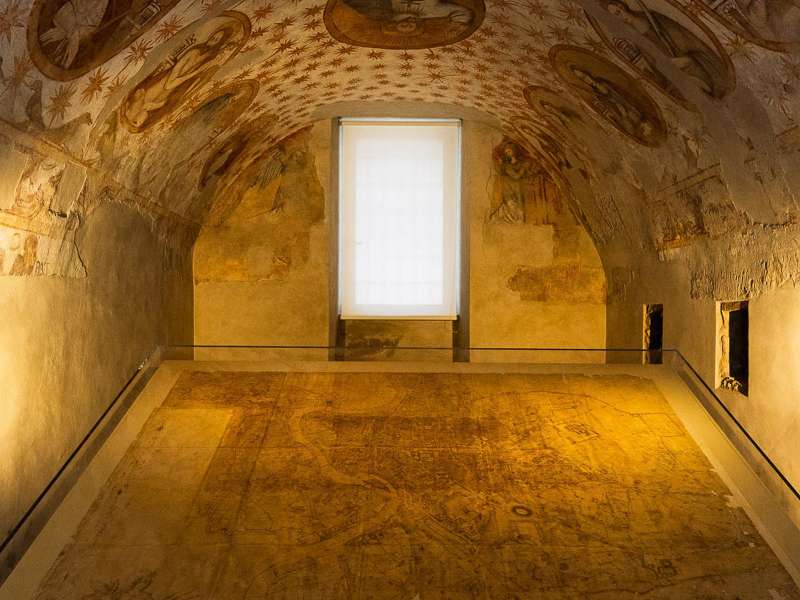
Palazzo San Felice Revealed
An exclusive journey inside a site never before open to the public - Palazzo San Felice unveils itself during its transformation, offering free weekend guided tours. Between restoration works, archaeological discoveries, and future visions, visitors experience an immersive path through history, architecture, and cultural rebirth.
자세한 정보